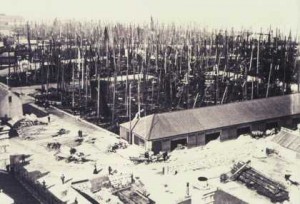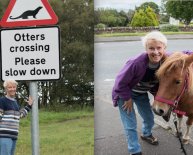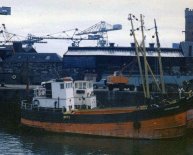
Landscape Lass Scotland
 |
|
Fraserburgh Harbour into the 1880s |
Herring had been a delicacy on the Continent and ended up being caught relatively easily from the Coast of Scotland - off the East Coast during winter months and spring, from the North Coast of Scotland and Shetland during summer months and, into the autumn, from the Coast of East Anglia. At this time, there have been as much as 30, 000 vessels involved in herring fishing the East Coast, not to mention others within the Irish water. Because the century progressed, the numbers carried on to develop through to the Scottish fishing business became the largest in Europe.
Because herring had been a fatty fish, it must be healed as soon as possible to stop it rotting. At the top of this Herring Boom in 1907, 2, 500, 000 barrels of seafood (250, 000 tons) were cured and exported, the primary areas becoming Germany, Eastern Europe and Russia. In 1913 there have been over 10, 000 ships active in the Scottish Herring business.
Herring gutters and packers
By this time around the herring industry ended up being no longer regional or regular because the ships followed the shoals across the coast of Britain and, along with all of them here adopted an army of curers, merchants, general fingers - in addition to herring lasses. For the growth, the Scots fisher lasses had been a fundamental element of the fisheries landscape at any slot where herring had been landed. The girls originated in fishing villages all over the Coast of Scotland. They began gutting and loading the silver darlings within age of 15, and travelled through the period from Stornoway to Lerwick, to Peterhead, and also as far south as Yarmouth.
1st World War interrupted the development of industry when fishermen, making use of their unique knowledge of the seas, became the backbone regarding the Royal Naval Reserve. They returned to a declining industry which was further interrupted by the 2nd World War in 1939. After 1945 much of the effort became focused on whitefish with one more industry exploiting shellfish. Technical developments focused fishing in the hands of increasingly less fishermen operating a lot more efficient vessels and, even though annual value of captures continued to rise, how many people employed in a dropped.

















